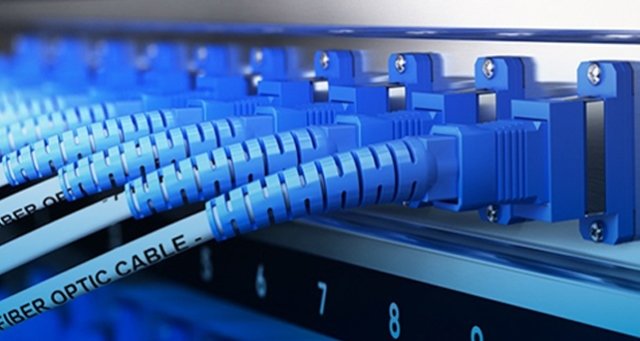Telecoms equipment makers such as Nokia and Ericsson and optics suppliers like II-VI, Lumentum and Sumitomo Electric have published a paper making the case for reducing the wide choice of Mobile Optical Pluggables (MOPA) used to connect cell sites to fiber networks.
 They have recommended predefined optical blueprints that help operators speed up time to market using a common list of optical pluggables in a market worth USD 500 million per year.
They have recommended predefined optical blueprints that help operators speed up time to market using a common list of optical pluggables in a market worth USD 500 million per year.
The first-time joint industry initiative, published in time for the Optical Networking and Communication Conference & Exhibition, lays out a set of Mobile Optical Blueprints which describe the most optimized solutions of optical pluggables and passive optical components. Recommendations include optical characteristics such as data rates, reach, power, wavelengths as well as mechanical characteristics such as form factor, heat dissipation and operational temperature.
Ian Redpath, Practice Leader, Transport Networks and Components at Omdia said: “In a 5G world, optical pluggables will be utilized to connect cell sites to the network core. Network operators are challenged with assessing many pluggable variations, increasing their qualification work load and slowing time to deploy. MOPA will streamline efforts for the connectivity community, enabling cost reductions and reducing time to deploy.”
Stefaan Vanhastel, CTO Nokia Fixed Networks said: “Fiber is a critical component of 5G rollouts and provides unmatched capacity for 5G transport. A clear overview of available optics strategies makes it easier to design and deploy 5G networks.”
